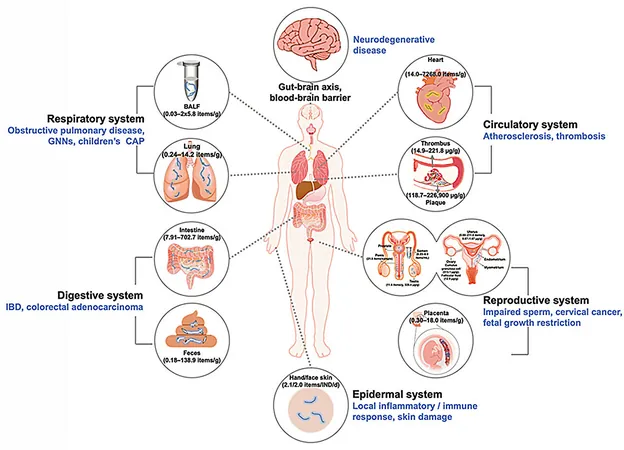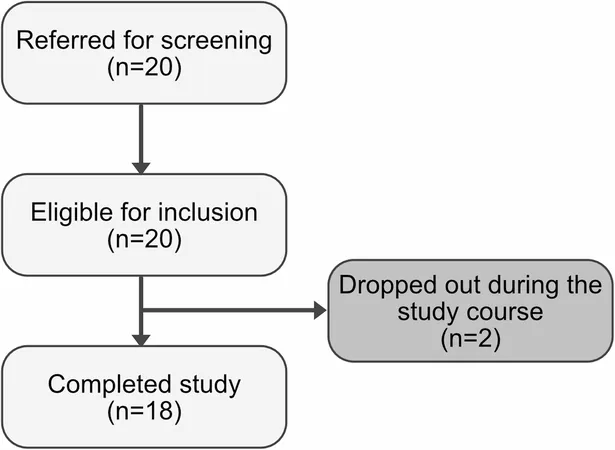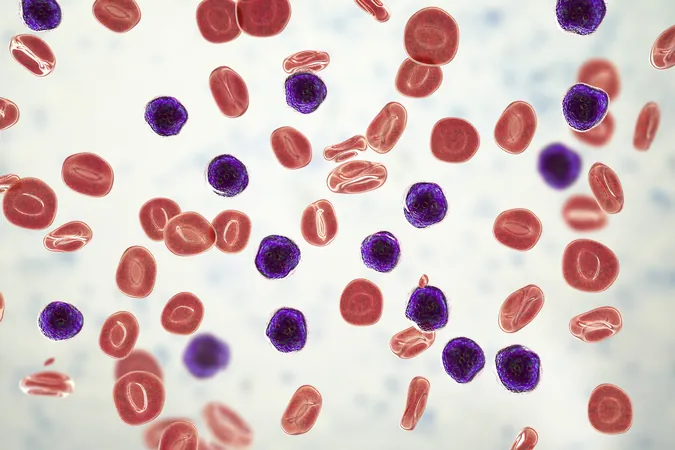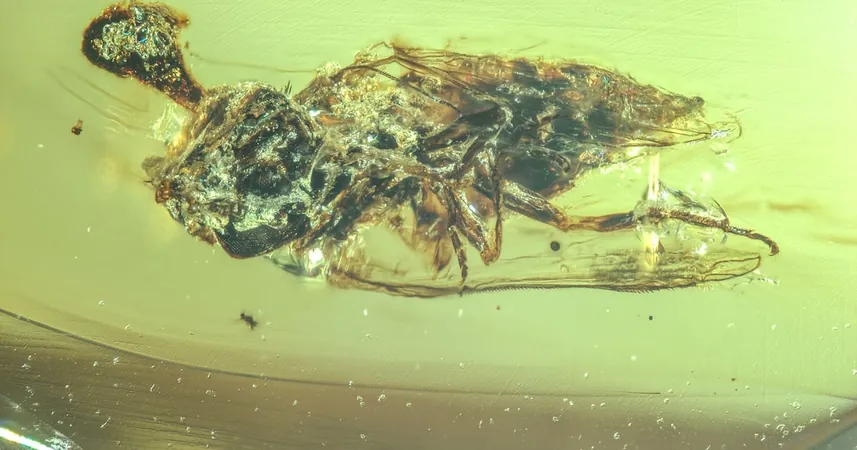
Alarming Discovery: Microplastics Found in Human Organs Linked to Serious Health Risks
2024-12-30
Author: Emily
Introduction
Recent groundbreaking research conducted by experts at Zhejiang Agriculture and Forestry University in China reveals an unsettling connection between microplastics and various health issues in humans. As plastic production skyrocketed from just 1.5 million metric tons in the 1950s to a staggering 390.7 million metric tons in 2021, microscopic plastic pollution has infiltrated our ecosystems, entering food webs and ultimately accumulating in human tissues.
Study Background
The study, published in the journal *TrAC Trends in Analytical Chemistry* under the title 'Mapping micro(nano)plastics in various organ systems: Their emerging links to human diseases?' highlights the alarming challenge of consistently detecting and quantifying micro and nanoplastics (MNPs) within human organs. Researchers meticulously reviewed 61 studies focused on MNP detection in human tissues, alongside 840 articles that examined their toxicological effects.
Detection Techniques
Advanced analytical techniques such as spectroscopy and pyrolysis-gas chromatography/mass spectrometry were employed to identify the types of polymers present in different tissues. The study found microplastics in skin, blood vessels, bone marrow, testes, semen, uterus, and even the placenta. Gastrointestinal exposure was also notable, with MNPs detected from saliva to feces and gallstones.
Microplastics in the Respiratory System
Worryingly, the research highlighted a pervasive presence of microplastics in the respiratory system, particularly in lung tissue and bronchoalveolar lavage fluid—a clear indication that inhaled plastic may have serious implications for our health.
Health Implications
Moreover, a concerning positive correlation was observed between the quantity of microplastics in tissues and specific conditions such as inflammatory bowel disease, cervical cancer, and uterine fibroids. Toxicological investigations raised alarms, indicating that MNPs may induce oxidative stress, mitochondrial dysfunction, and inflammation—factors linked to neurodegenerative diseases when penetrating the blood-brain barrier.
Findings on Tissue Samples
One of the most significant findings revealed that tissue samples with lesions exhibited higher levels of microplastics compared to healthier tissues. This raises a critical question: Are microplastics contributing to these health issues, or are they merely accumulating in already damaged areas? While a definitive causal relationship has yet to be established, the data presents a compelling case for further investigation.
Call to Action
In light of these findings, the urgency to address plastic pollution has never been clearer. Current removal methods for microplastics from the environment and human tissues are virtually nonexistent. Although strides are being made in environmental remediation, developing effective strategies to tackle diverse particle sizes and their complex chemical compositions poses an immense challenge for scientists and health professionals alike.
Conclusion
This alarming research underscores the pressing need for comprehensive study and public awareness surrounding microplastics, inviting individuals and organizations to reconsider their use of plastic and advocate for sustainable solutions. As the impact of microplastics on health remains an open question, one thing is certain: the time to act is now before microplastics become an irreversible part of our collective health crisis.









 Brasil (PT)
Brasil (PT)
 Canada (EN)
Canada (EN)
 Chile (ES)
Chile (ES)
 Česko (CS)
Česko (CS)
 대한민국 (KO)
대한민국 (KO)
 España (ES)
España (ES)
 France (FR)
France (FR)
 Hong Kong (EN)
Hong Kong (EN)
 Italia (IT)
Italia (IT)
 日本 (JA)
日本 (JA)
 Magyarország (HU)
Magyarország (HU)
 Norge (NO)
Norge (NO)
 Polska (PL)
Polska (PL)
 Schweiz (DE)
Schweiz (DE)
 Singapore (EN)
Singapore (EN)
 Sverige (SV)
Sverige (SV)
 Suomi (FI)
Suomi (FI)
 Türkiye (TR)
Türkiye (TR)
 الإمارات العربية المتحدة (AR)
الإمارات العربية المتحدة (AR)